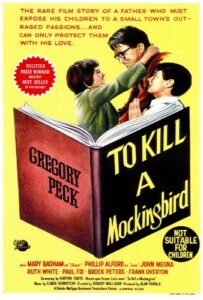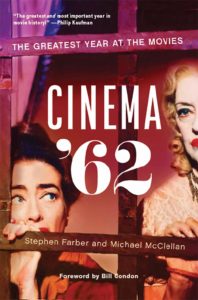Laemmle Theatres and the Anniversary Classics Series launch 2020 and the new decade with the 50th anniversary of the American release of FELLINI SATYRICON, the first installment of our monthly Abroad program.
The provocative adaptation of Petronius’s Satyricon, written in the first century AD during the reign of Nero in imperial Rome, is our fourth presentation of the films of Federico Fellini, one of the most acclaimed filmmakers in the history of cinema. Fellini garnered the third of four directing Oscar nominations for this effort; the Anniversary Classics Series has now showcased all of these nominated films, including La Dolce Vita, 8 ½, and Amarcord.
 FELLINI SATYRICON, written by the Italian director with frequent collaborators Brunello Rondi and Bernardino Zapponi, is a freeform adaptation, emulating the fragmentary nature of Petronius’s work that survived. Petronius retold “degenerate” versions of Roman and Greek myth, and Fellini was fascinated by the gaps in the narrative, choosing a style that simulated hallucinatory dreams.
FELLINI SATYRICON, written by the Italian director with frequent collaborators Brunello Rondi and Bernardino Zapponi, is a freeform adaptation, emulating the fragmentary nature of Petronius’s work that survived. Petronius retold “degenerate” versions of Roman and Greek myth, and Fellini was fascinated by the gaps in the narrative, choosing a style that simulated hallucinatory dreams.
In the fevered tale, two students, Encolpius (Martin Potter) and Ascyltus (Hiram Keller), pursue the love of their young slave Giton (Max Born) through nine episodes of lurid hedonism. Petronius was a sensualist who celebrated and mocked decadence simultaneously, and Fellini matched that vision in the students’ travels and adventures in “grotesque drama and lurid fantasy,” as noted by Roger Ebert. Fellini achieved that effect through the vivid use of color, which was an ironic embrace of a medium the director disdained earlier in his career, preferring black-and-white hues in the 1950s and early 1960s in masterpieces like La Strada, Nights of Cabiria, and La Dolce Vita.
Another frequent collaborator, cinematographer Giuseppe Rotunno, fully realized Fellini’s vision; as described by TV Guide, “The masterful cinematography and stunning use of color, achieved through the use of deliberately artificial light sources, lend the film an almost hypnotic sheen.”
Fellini was questioned why he employed non-Italian actors to play the leads, and he elaborated on his casting choices, “They looked innocent…with Italians there is always a feeling of morality, but the Anglo-Saxon face has something detached, something crazy, something elegant.”
Critical reception varied from measured appraisals such as Rex Reed, who saw it as an “explosion of madness and perversion, designed like grand opera of the absurd,” to full endorsement from the New York Times’ Vincent Canby, calling it “the quintessential Fellini film, a travelogue through an unknown galaxy, a magnificently realized movie of his and our wildest dreams.”
In a retrospective review in 2001, Roger Ebert wrote, “It is so much more ambitious and audacious than most of what we see today that simply as a reckless gesture, it shames these timid times.”
See it Wednesday, January 22nd at 7pm in Glendale, Pasadena, and West L.A. Click here for tickets.
Format: Blu-ray




